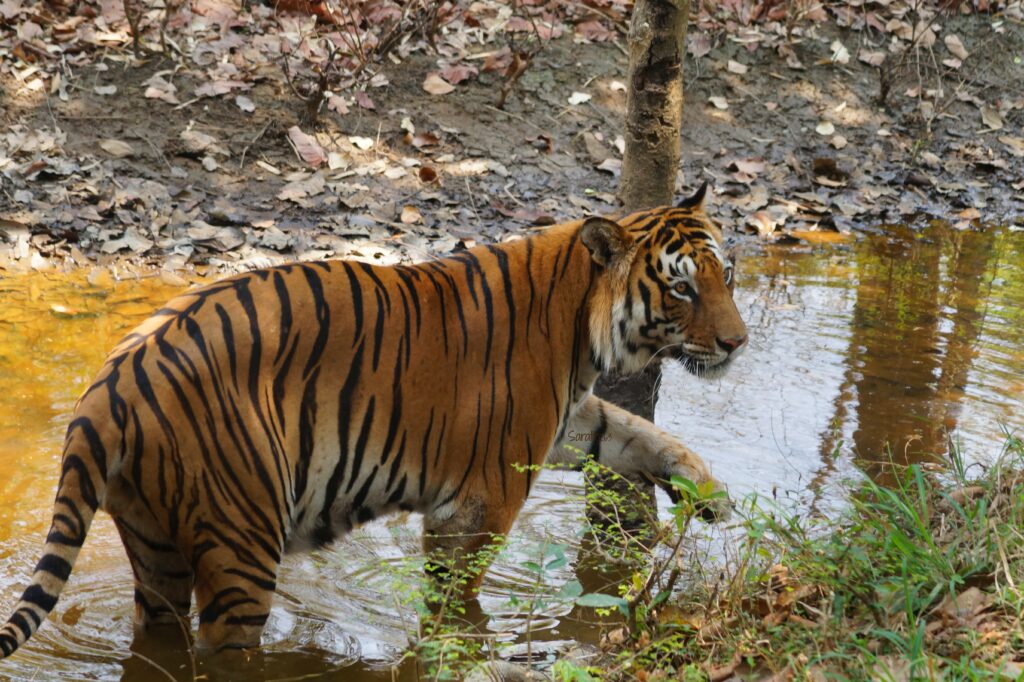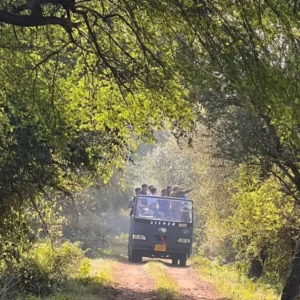Sariska Tiger Reserve, located in Alwar District, Rajasthan, was formerly the Alwar estate’s hunting preserve. This 880 square kilometer area has traditionally been an essential link of the Northern India tiger and leopard corridor. The reserve was designated a wildlife sanctuary in 1958 and a tiger reserve under the Indian government’s Project Tiger in 1979.
Unfortunately, the healthy population of roughly 28 tigers in Sariska was completely wiped out by 2003-04. Most were poached by the infamous Sansar Chand, who most likely relied on local assistance and the still-existing communities within the reserve. Whatever the reason, this sad turn of events resulted in the extinction of the apex-level predator in this area’s food chain.
The tiger’s extinction affected the park’s topography, resulting in an increase in the population of antlers, the tiger’s former favourite diet in the area. Without the king of the jungle, increasing deer populations devastated grasslands and plants. The resulting forest degradation made it even more difficult for wildlife to survive and thrive.
Sariska became the world’s first tiger reserve to successfully transfer tigers. These were the first tigers to appear in this thorny, parched scrub woodland in years. The happiness, though, was fleeting. The first reintroduced male tiger died after consuming a poisoned cattle corpse, while relocated tigresses failed to reproduce as intended.
Things began to improve in 2012 when a mother tigress named ST-2 was spotted with cubs. After Sansar Chand died in 2014, poaching operations slowed. With the help of better forest management techniques, large cats began to make a steady comeback. Six settlements were relocated from the key areas, which reduced human activity within the bush. This improved the environment and provided much-needed space for tigers to wander about freely.

Sariska has now been a success story, with tiger populations constantly increasing. There are now 23 tigers living here, including three cubs. The enforced confinement also provided an unexpected and welcome boost to the Park’s conservation efforts. Tigers are considered keystone species in their natural habitat. The reintroduction of tigers to Sariska has had far-reaching consequences for the region’s biodiversity and ecological health.
Today, Sariska’s slow but steady repopulation of tigers teaches crucial lessons about the durability of such rewilding efforts. Experience Sariska’s adventures while staying at Sariska Manor, which offers comfort and luxury as well as a wide selection of natural bliss experiences.




